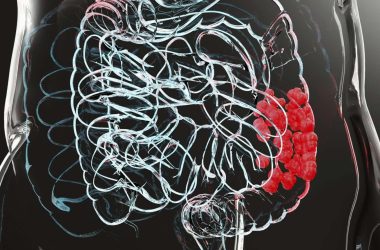Introduction
A man with severe Parkinson’s disease has experienced a significant improvement in his ability to walk without falling after being fitted with a spinal cord stimulation device. This breakthrough could pave the way for a widely applicable treatment for movement deficits in individuals with Parkinson’s disease.
The Challenges of Parkinson’s Disease
Parkinson’s disease affects approximately 90% of individuals with movement difficulties. Current treatments focus on targeting the brain areas affected by a decline in dopamine, a chemical that regulates movement. Deep-brain stimulation is another approach that modifies abnormal electrical signals associated with Parkinson’s symptoms. However, these treatments may not be effective for individuals with advanced Parkinson’s disease.
Exploring Spinal Cord Stimulation
A research team led by Grégoire Courtine at the Swiss Federal Institute of Technology in Lausanne investigated the potential of epidural electrical stimulation (EES) to alleviate gait-related problems in individuals with severe Parkinson’s disease. EES has previously shown promise in restoring mobility in people with paralysis caused by spinal cord injuries and non-human primates with Parkinson’s-like symptoms.
Testing the Method
The researchers recruited a 62-year-old man named Marc, who had been experiencing Parkinson’s symptoms for three decades. Marc had severe motor issues, including gait freezing, which made it difficult for him to walk without sudden episodes of temporary paralysis. To make the method effective, the researchers mapped the neurons in Marc’s spine to place the electrical stimulators precisely.
The Results
After three months of rehabilitative training with the spinal cord stimulators, Marc’s gait freezing occurrences significantly decreased. Marc reported that he can now walk several kilometers without a cane or assistance. Personalized stimulation tailored to Marc’s specific needs was crucial in achieving these results. The researchers believe that this technique could potentially benefit many other individuals with severe Parkinson’s disease.
Perspectives and Future Research
The research team, including Jocelyne Bloch, suggests that the remarkable improvement in gait deficits due to Parkinson’s disease observed in Marc’s case paves the way for realistic treatment options. Further testing and development of this technology are necessary before it can be made available outside of clinical trials.








